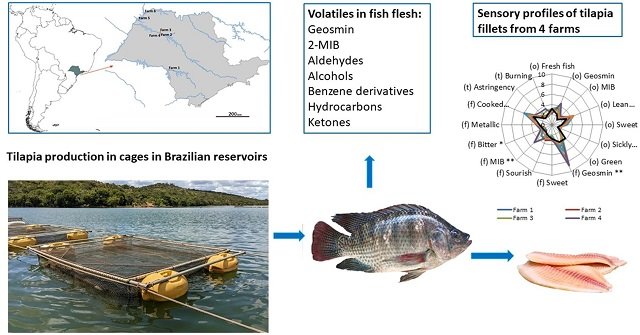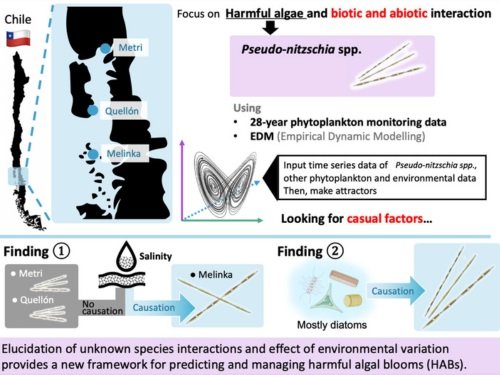Development of fabricating technology for high-efficiency powdered activated carbon with a fast adsorption rate. Can ensure safety against algal blooms even in conventional water treatment processes.
An algal bloom refers to a phenomenon in which phytoplankton including blue-green algae rapidly proliferate in summer marked by high levels of solar irradiation and water temperature. It has lately been raising concerns due increased frequency of occurrence resulting from abnormally high temperatures and decreases in precipitation caused by climate change. There is a reason to be perturbed as certain species of blue-green algae produce substances that have an earthy or moldy taste and odor as well as toxic substances. Since these substances cannot be easily removed by a general water purification process, additional treatment using advanced water purification facilities and such is essential.
The Korea Institute of Science and Technology (KIST) revealed that a research team working under Dr. Kyung-Guen Song of the Water Cycle Research Center developed a purification process for effective treatment of taste- and odor-causing substances and toxic substances produced by blue-green algae even in the existing conventional drinking water treatment plants (DWTPs) without installing any additional advanced water treatment facilities.
In order to deal with algal blooms, large-scale DWTPs contain advanced water treatment facilities that use ozone and granular activated carbon, but in the case of conventional DWTPs without such advanced water treatment facilities, powdered activated carbon is added to adsorb algal micropollutants and chlorine treatment is reinforced as a way to increase the oxidizing strength. However, in the case of conventional powdered activated carbon, it is difficult to ensure sufficient contact time due to the slow adsorption of the algal micropollutants, thus requiring an injection of large amounts of powdered activated carbon to get the job done.
Dr. Song’s team developed powdered activated carbon with an improved adsorption rate to better control algal blooms in the conventional DWTPs. The research team first pulverized powdered activated carbon to decrease the particle size. The powdered activated carbon with a reduced particle size was found to have a large number of fine pores on the surface, resulting in a larger area for adsorption of algal micropollutants. It was confirmed that the taste- and odor-causing substances and toxic substances produced by algae were adsorbed considerably faster (20% to 150% increase depending on the substance) compared to the conventional powdered activated carbon.
Dr. Song from KIST said, “Not only can the new powdered activated carbon be manufactured using quite a simple method, but it also has a fast adsorption rate, so it seems it will be possible to control algal blooms without the need to install high-cost facilities in existing conventional drinking water treatment plants where it is difficult to ensure sufficient contact time. Once this water treatment technology is disseminated widely, it will greatly help alleviate people’s anxiety about drinking tap water.”
Reference:
Kangwoo Cho, Byung Min An, Soohyun So, Ana Chae, Kyung Guen Song. Simultaneous control of algal micropollutants based on ball-milled powdered activated carbon in combination with permanganate oxidation and coagulation. Water Research, Volume 185, 2020, 116263,ISSN 0043-1354, https://doi.org/10.1016/j.watres.2020.116263.
Stay Always Informed
Join our communities to instantly receive the most important news, reports, and analysis from the aquaculture industry.
Source: NATIONAL RESEARCH COUNCIL OF SCIENCE & TECHNOLOGY
Editor at the digital magazine AquaHoy. He holds a degree in Aquaculture Biology from the National University of Santa (UNS) and a Master’s degree in Science and Innovation Management from the Polytechnic University of Valencia, with postgraduate diplomas in Business Innovation and Innovation Management. He possesses extensive experience in the aquaculture and fisheries sector, having led the Fisheries Innovation Unit of the National Program for Innovation in Fisheries and Aquaculture (PNIPA). He has served as a senior consultant in technology watch, an innovation project formulator and advisor, and a lecturer at UNS. He is a member of the Peruvian College of Biologists and was recognized by the World Aquaculture Society (WAS) in 2016 for his contribution to aquaculture.




